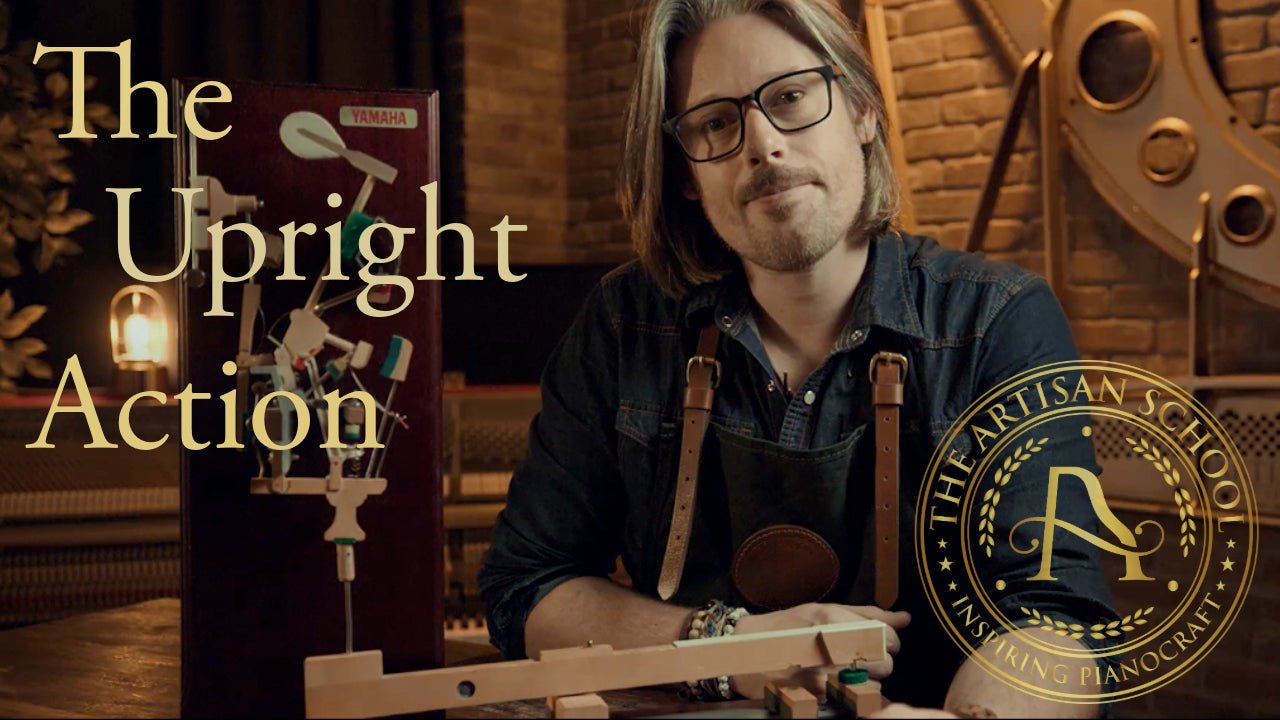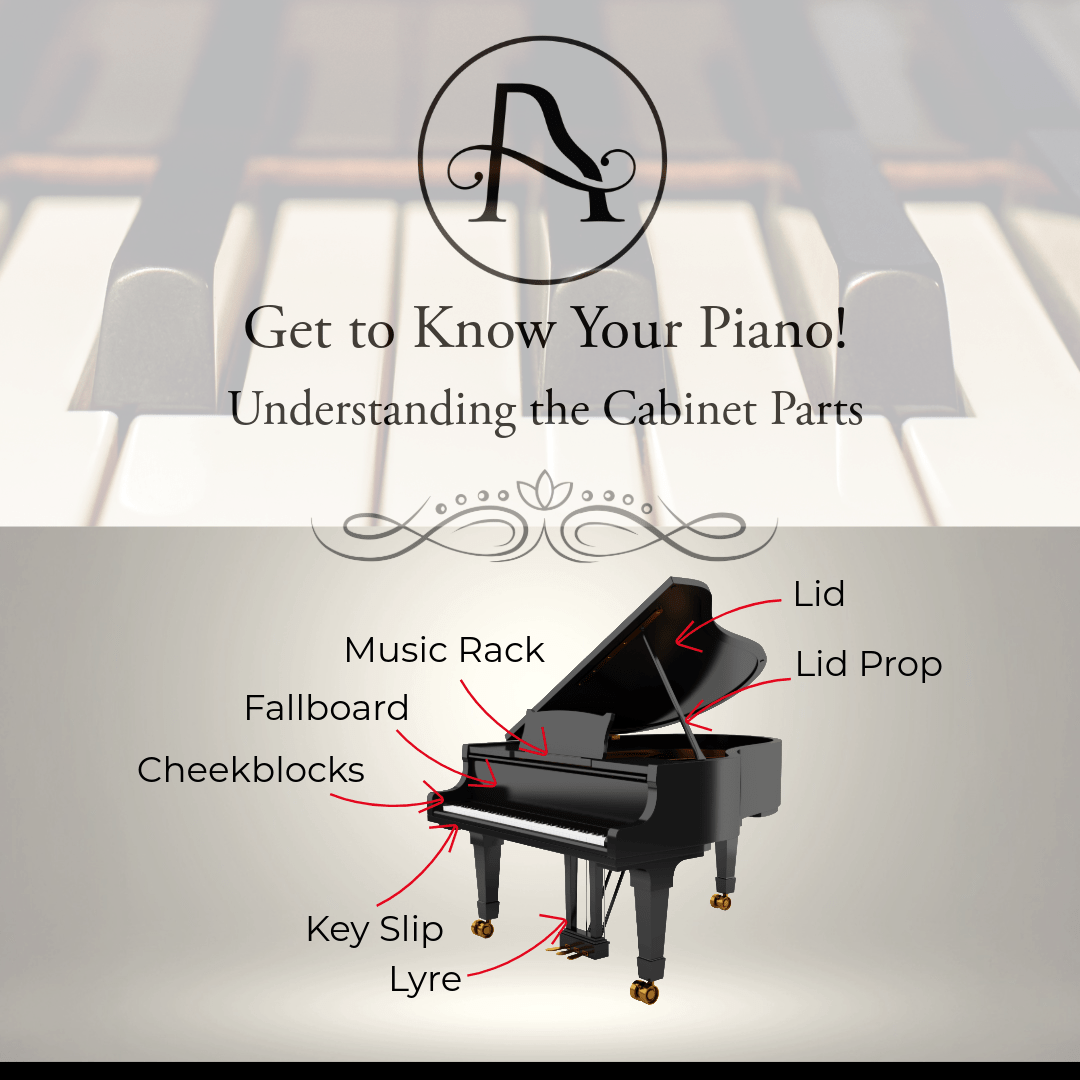How Your Piano Works! (Inside the Upright Piano Action)

The inside of an upright piano is full of tiny moving parts that work together to help each of the 88 keys make a sound! It’s a carefully designed system that gives pianists control over how soft or loud each note is.

When you press a key, it pushes a small part called the wippen, which then moves the jack upward. This action pushes the hammer toward the string. But instead of staying against the string, the hammer quickly bounces back right after it strikes. This is important because if the hammer stayed on the string, it would stop the sound too soon. The damper, which normally rests against the string to keep it quiet, lifts up when you press a key, letting the string vibrate and produce a clear tone.



